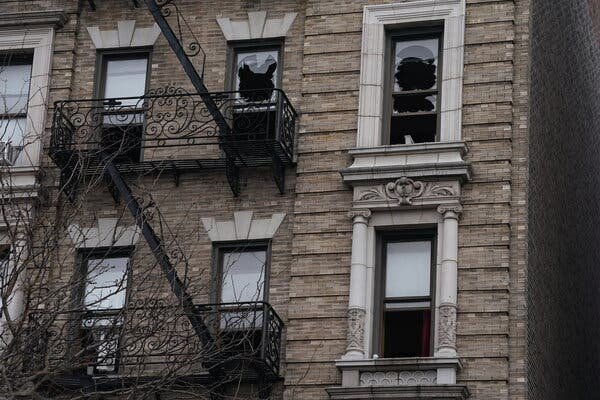Illegal basement apartments in New York present safety hazards during extreme weather events, as seen during Hurricane Ida. The storm highlighted the risks of basement living, with some residents being displaced and homes rendered uninhabitable. Efforts to legalize and upgrade basement units are underway, but face challenges due to cost and logistics. The city is taking steps to improve communication and emergency preparedness for basement residents, but language barriers remain a concern. Residents, including immigrants, are grappling with the fear and uncertainty of living in vulnerable basement apartments.
Living in an illegal basement apartment can be a risky decision, as demonstrated by the tragic events that occurred during Hurricane Ida in New York City. Josh Alba, a former resident of a basement apartment in Queens, narrowly escaped with his life when the floods from the hurricane inundated his living space. The incident not only left him displaced but also highlighted the dangers associated with living in such underground dwellings.
Basement apartments in New York City, estimated at about 100,000 in 2008, are often illegal and fail to meet safety codes, posing risks such as limited means of egress, low ceilings, and vulnerability to fires and flooding. The aftermath of Hurricane Ida underscored the urgent need to address these safety concerns and make basements a more secure housing option for residents.
In response to the challenges faced by basement dwellers, there have been efforts to legalize and upgrade these living spaces to meet safety standards. Legalizing basements and bringing them up to code could help prevent residents from being trapped in hazardous situations during emergencies like floods and fires. It would also grant tenants legal protections and the ability to report unsafe conditions, thereby ensuring their well-being.
However, the process of upgrading basements on a large scale poses logistical and financial challenges. A pilot program in Brooklyn aimed at converting illegal basements into legal apartments encountered obstacles due to costly renovations, indicating the substantial investment required for such initiatives. The estimated cost of converting 50,000 illegal units is nearly $14 billion, underscoring the scale of the endeavor.
In light of these challenges, proposals by the administration of Mayor Eric Adams seek to revise regulations to facilitate the conversion of basements into legal apartments. Additionally, a new state program permits legal basement apartments in specific areas of the city, albeit not in high-density locations. These initiatives mark significant progress in the efforts to address basement safety concerns and provide better housing options for residents.
To enhance awareness and preparedness among basement residents, the city government has implemented various measures. The Department of Environmental Protection distributed essential items like sump pumps and flood alarms to residents to help them mitigate flood risks. Community outreach programs and warning systems have been established to alert residents to potential flooding events and ensure their safety during emergencies.
Efforts are also underway to improve communication strategies for basement residents, especially non-English speakers who may face language barriers. The city’s emergency management agency is conducting studies to enhance communication and evacuation plans tailored to the diverse linguistic needs of residents, particularly in neighborhoods with a high concentration of basement apartments.
Despite these initiatives, many basement tenants continue to face challenges in ensuring their safety and well-being. The story of a homeowner in Queens who witnessed her basement flooded during Hurricane Ida highlights the emotional toll and risks associated with living in these vulnerable spaces. As the city works towards making basements safer for residents, it is essential to address the unique needs and concerns of basement dwellers to create a more resilient and inclusive housing environment for all New Yorkers.
Source: TheCity.NYC









